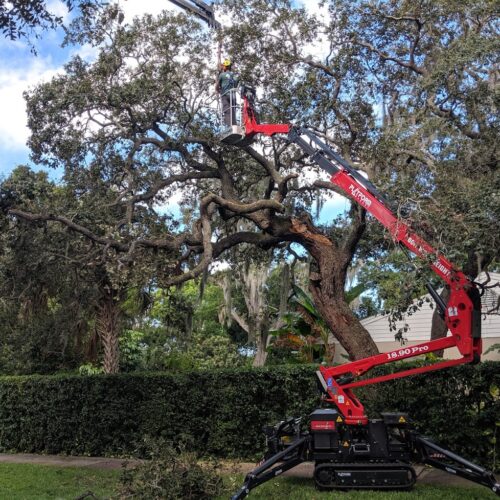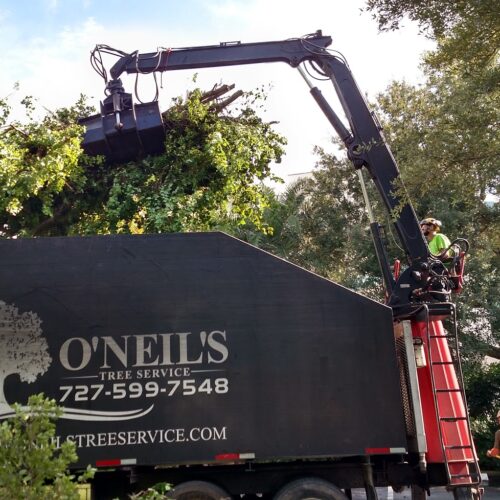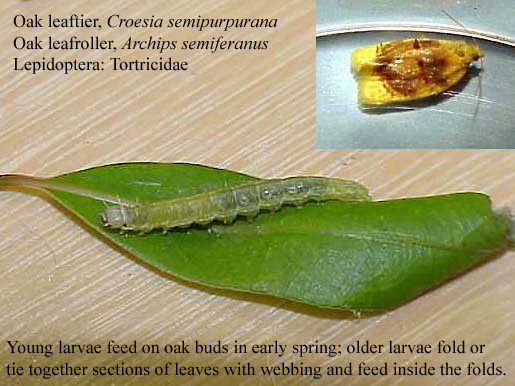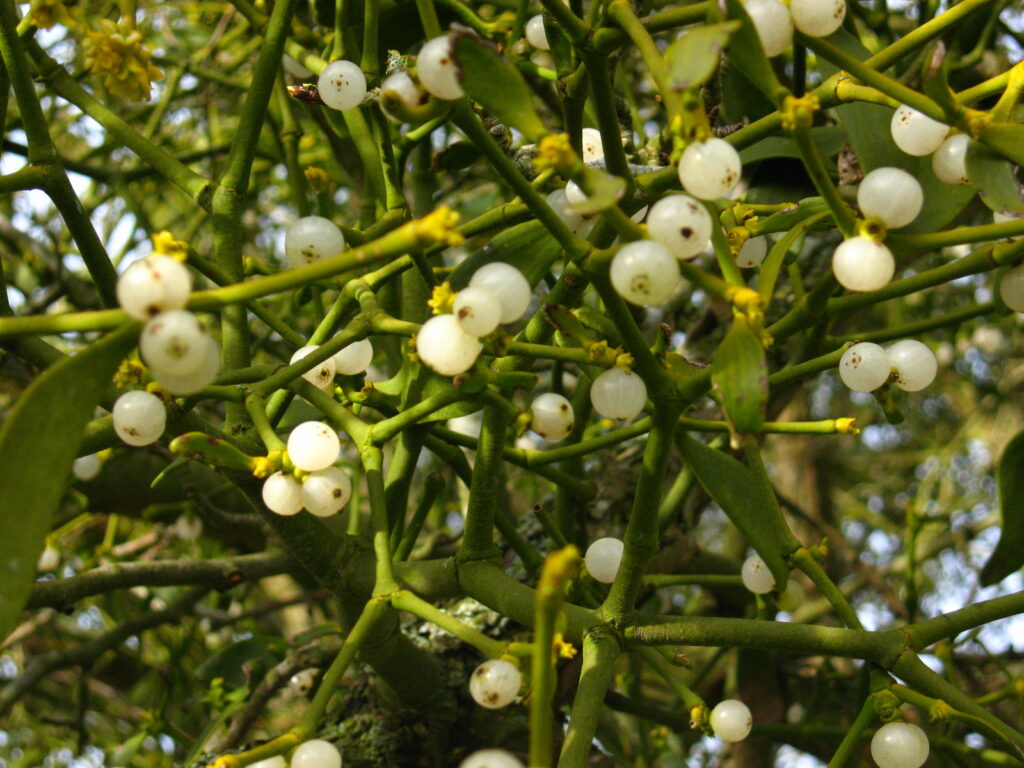Healthy Trees Safe People
We are a Residential and commercial complete tree care company. We are the leader in Plant Healthcare and provide all other tree services throughout Pinellas, Hillsborough & Pasco County.
Our Tree Services

Tree Pruning
We follow industry standards and our pruning is performed based on the most recent scientific research.

Plant Health Care For Trees
Help increase the life expectancy of trees by learning about proper care, fertilization & soil management.

Tree Removal
Most people don’t realize that if the stump looks big above ground it is generally much more impressive below the surface.


Certified Professionals
We have 7 ISA Certified Arborists on staff. Our staff follows all industry standards and preform all our work following the most recent scientific research. Maintaining ethical guidelines and tree preservation is our top priority.

Safety First
We perform all tree services with safety in mind at all times. One of our primary goals when accessing your trees is to increase the safety to your home, to your family, to your business and to the broad public.
FULL LIST OF SERVICES
Plant Healthcare
24hr Emergency Tree Service
Root Pruning
Tree Planting
Tree Inventory
Tree Analysis & Diagnosis
Tree Structure Evaluation


FREQUENTLY ASKED
QUESTIONS
If you are within an incorporated city in Pinellas, the permit price may be different for each city. If you are not in an incorporated city, the tree permit costs are as follows:
- Residential Tree Permit – Owner is pulling – $50.00, but if the tree is completely dead it is $18.00.
- Residential Tree Permit – O’Neils is pulling – $75.00.
- Commercial Tree Permit – $250.00.
(permit prices do change, so always check with Pinellas county before you pull the permit)
If you live in Pinellas county, there are no permits required for tree pruning only for tree removals. O’Neil’s will apply for, secure and pay for any standard residential permits. We have seen condominium units able to have trees permitted for removal on this basis. But ultimately the City in which you live has wide discretion, whether it be because of the size of your property and whatever their criteria currently are, to decide to require a commercial permit. This permit is much more, usually around $450, and would become an extra cost for you. We know the personnel in the tree permitting department at numerous cities in Pinellas county and we will do what we could to secure the permit as cheaply as possible.
The number, approved species and size of the trees that would need to be planted (if any) is up to the City of Clearwater and they determine this at the time of the permitting. If replacements are required, O’Neil’s can give you an estimate for replacement once this information is known. Additionally, the city has the discretion to require “mitigation fees” to make up for the loss of the tree to the city. These fees are used by the city to replenish the number of trees within the given city. We would do what we can to minimize the amount of these fees for you, but should they be required, and you still decide to remove the tree, the mitigation fees would become an additional cost for the customer.
If the city says it must stay, this would nullify the contract and of course we wouldn’t expect anyone to pay for that. If the city says the tree has to stay, O’Neil’s can draw up a separate new addendum for reduction pruning (which would reduce the hazardousness
The expert source for the opinions in the estimate is those of the owner, Mr. Apollo O’Neil. He is an ISA Board Certified Master Arborist, a certificate kept current by continuing education courses. ISA (International Society of Arboriculture) is the internationally recognized credentialing organization, headquartered in Champaign, Illinois. If you provide us with a fax number, he can fax you his certificates and licenses. You can also go to the official ISA website at www.isa-arbor.comto learn more about the organization and its activities. Just click on the “Enter the ISA website” tab. For certification confirmation, click on the third top green tab “Certification”, then click on the left column “Verify an ISA Certification”, then simplest is to click on “By Name” (it takes a little while to process) and then type in the exact spelling with apostrophe; O’Neil (this takes a little time to process) and then scan down to O’Neil, Apollo. You can also search by his Certification ID which is FL-6102B.
See What We're Up To!
Testimonials
HEAR IT FROM THEM
We have worked with many amazing individuals and groups in the Tampa Bay area.




Mission Statement
THE O'NEILS PROMISE
To strive to set the standard for tree care and arboricultural work based on the most current science and techniques.
To practice integrity and professionalism everyday with the most highly trained staff of any tree care company in the State of Florida.
To educate everyone we meet about the importance of proper arboricultural work to promote the understanding of it and to improve the care of trees in our community.
To increase the awareness, love, passion and respect for one of Earth’s most valuable resources.













